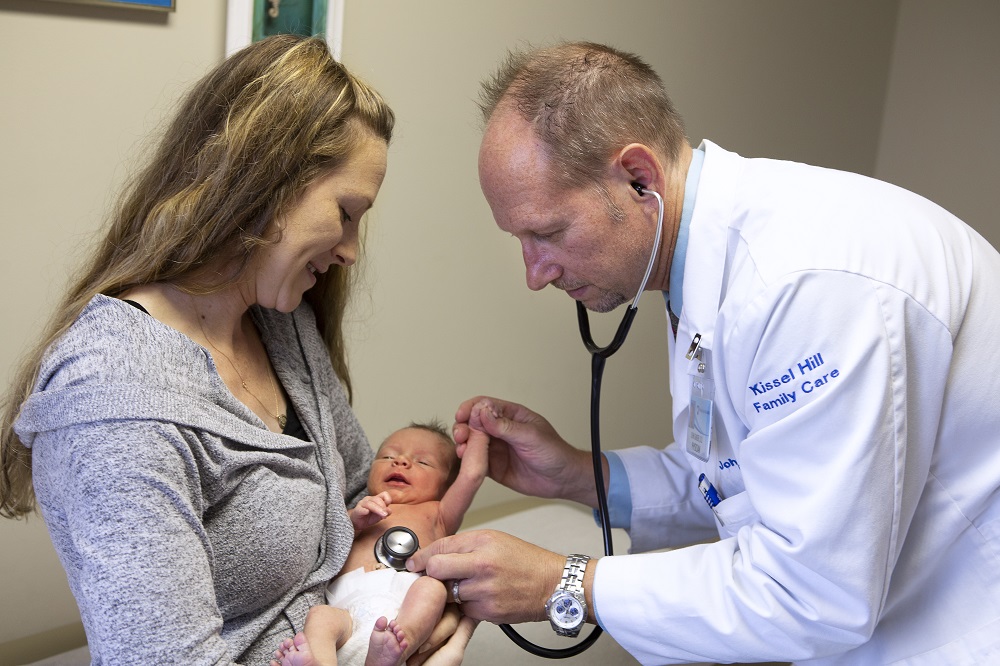Penn State Health Medical Groups earn perfect MIPS scores

The Centers for Medicare and Medicaid Services (CMS) rated Penn State Health Medical Group’s community and academic practice divisions and St. Joseph Medical Group 100 out of 100 in its 2018 performance feedback report. CMS’ Merit-based Incentive Payment System (MIPS) examines participant quality, cost, improvement activities and the ability to share data electronically.
The Medical Group’s community practice division earned a separate score from the academic practice division and St. Joseph Medical Group, which earned a combined score as part of an accountable care organization.
Physicians and physician groups that earn a higher score on the report receive a payment adjustment to their Medicare claims reimbursement. Beginning Jan. 1, 2020, the academic practice division and St. Joseph Medical Group will earn an additional 1.68% for treating a large volume of complex patients. The community practice division will earn an additional 1.6%.
Corby Myers, senior director of quality, compliance and patient safety for the Medical Group’s academic practice, attributes their perfect score to the team effort led by Michelle George, manager of quality initiatives and measurement, and Dr. Kimberly Wolf, Penn State Health St. Joseph’s senior medical director of quality.
“This team identifies high-risk patients and patients with gaps in care. That is what drives those scores,” he said. “Being able to run the types of projects they’ve been running requires a lot of time and effort. It is very detailed work.”
Projects that helped earn the 100% MIPS score included:
- Education on the appropriate components of a Medicare wellness visit
- Implementation of pre-visit planning, including reviewing patient records to ensure completion of preventive screenings and wellness checks
- Alignment of Penn State Health Milton S. Hershey Medical Center goals with the MIPS program
“Our efforts were focused around the patient’s total health — preventive testing, exams and immunizations,” George explained. “Not only do we want to keep patients healthy, but also we want to make sure they manage their chronic conditions.”
Doing well reflects positively on the entire organization, according to Wolf.
“It represents how we are working as a team to deliver high quality, cost-effective patient care,” she said.
Factors that helped increase the community practice division’s MIPS score included:
- Expanding patient access by offering extended office hours
- Identifying opportunities for patient screenings or tests prior to a visit
- Giving patients an after-visit summary
- Using secure messaging to transmit patient health information
- Providing a patient portal to enable patients to communicate with their providers and make appointments
- Enhancing the electronic health record system to better capture data and allow it to be reportable
- Making a telehealth option available ― Penn State Health OnDemand
“Our biggest improvements were in areas of cost and quality ― steering patients to quality,
lower-cost providers and encouraging them to get their needed screenings,” said Vicky Martell, manager of quality initiatives and care measurement for the Medical Group’s community practice division.
“This is a true testament to everyone’s hard work,” said Janet Gundling, community practice division vice president.
If you're having trouble accessing this content, or would like it in another format, please email the Penn State College of Medicine web department.
